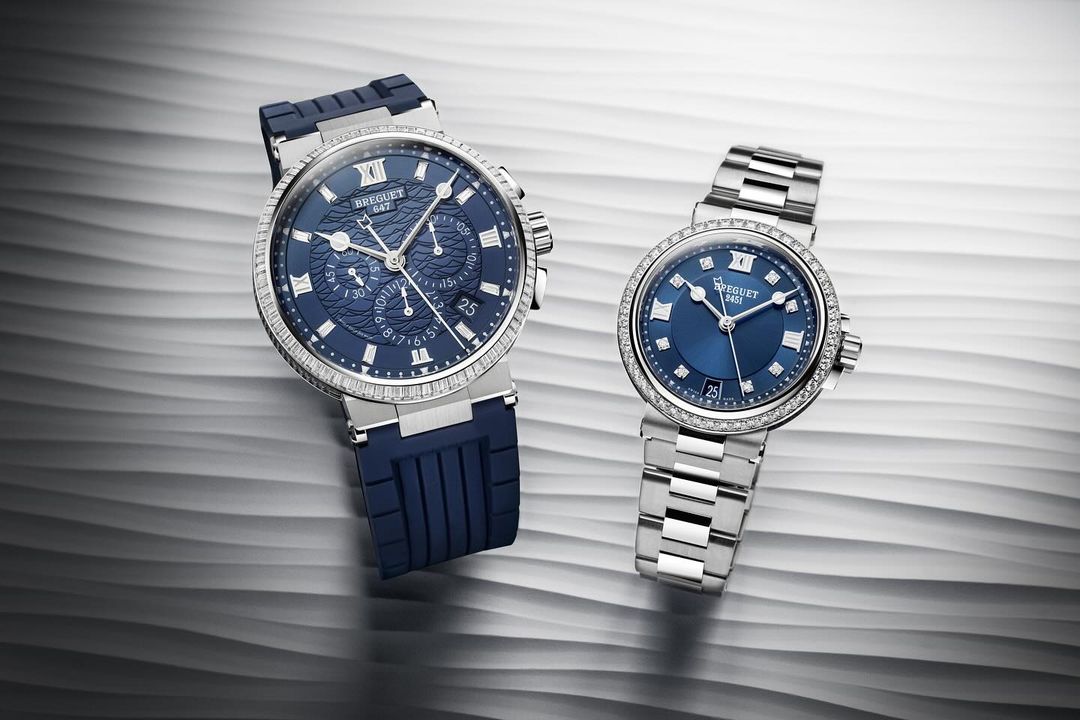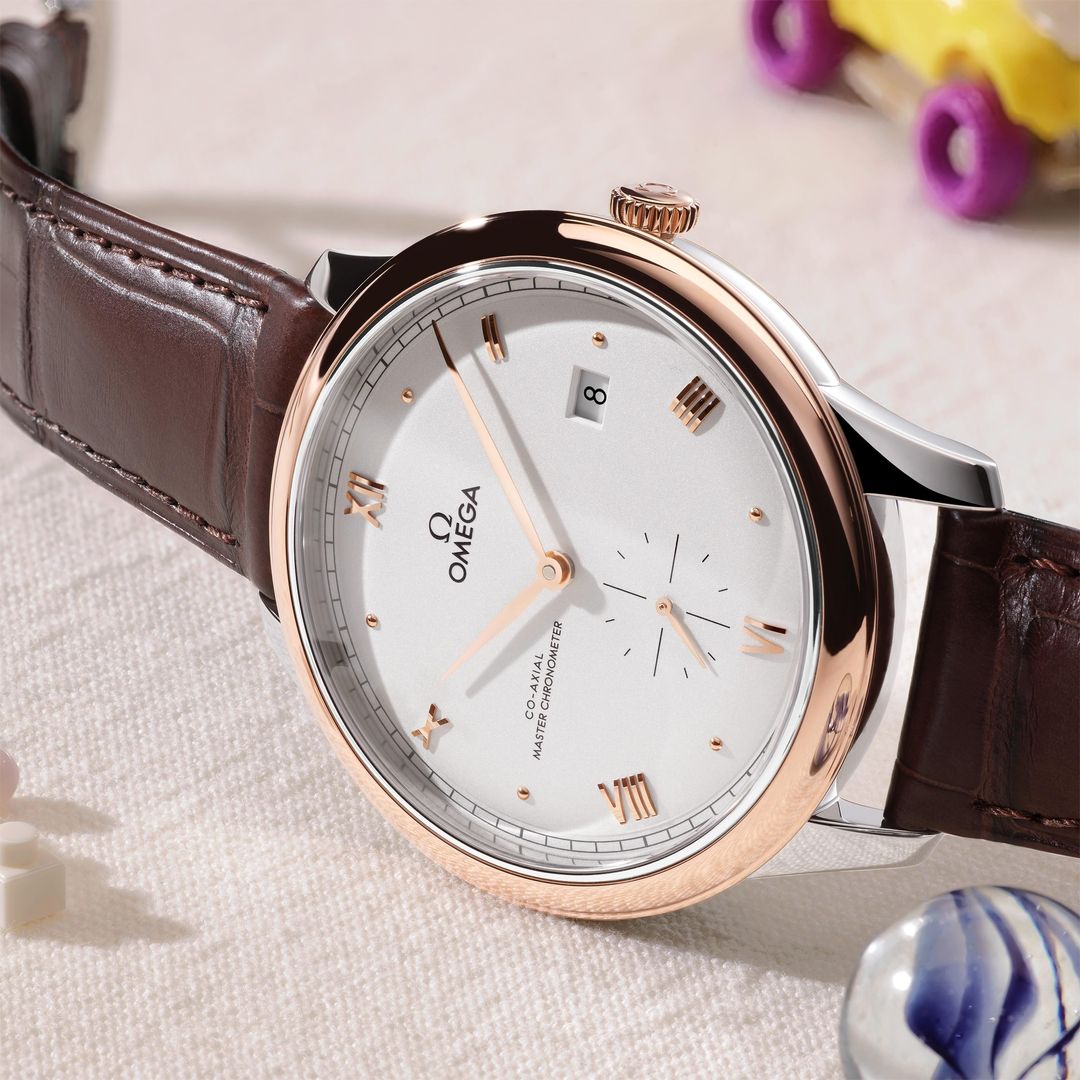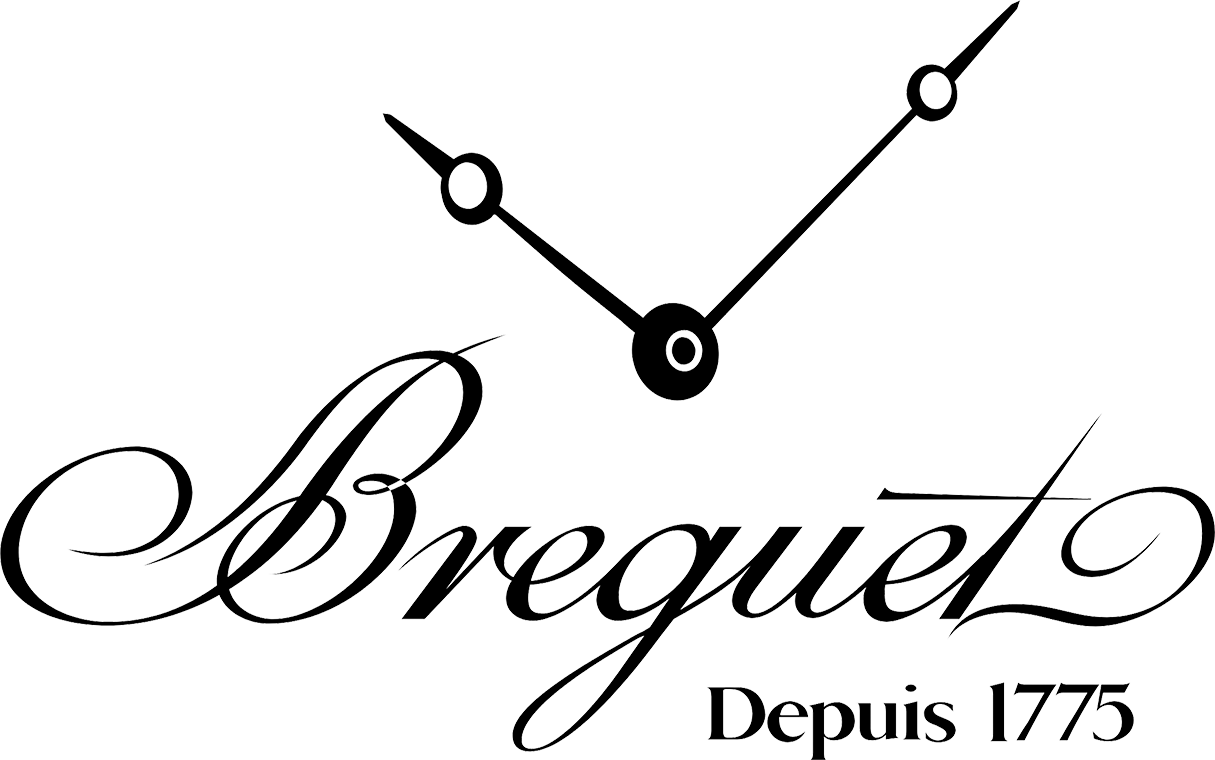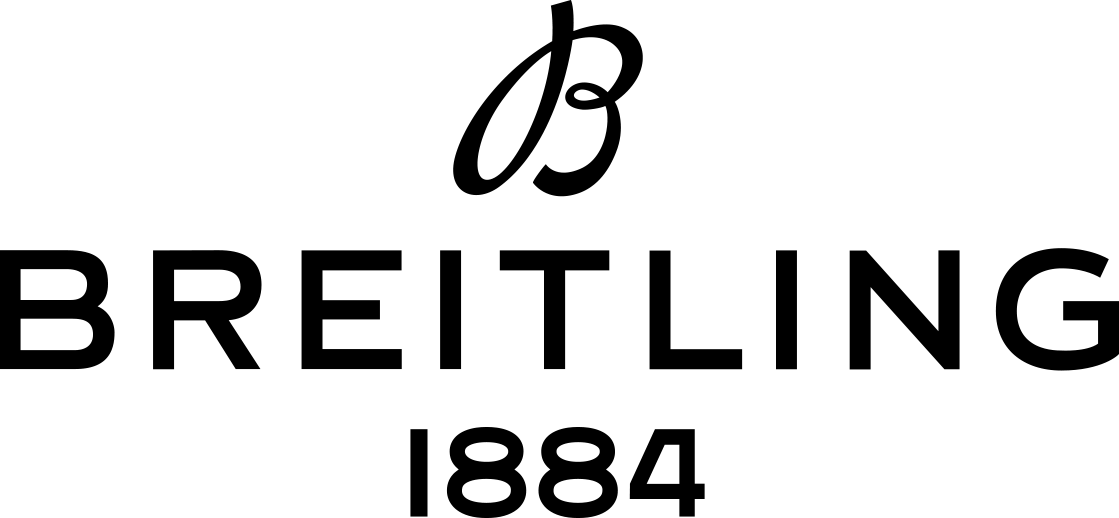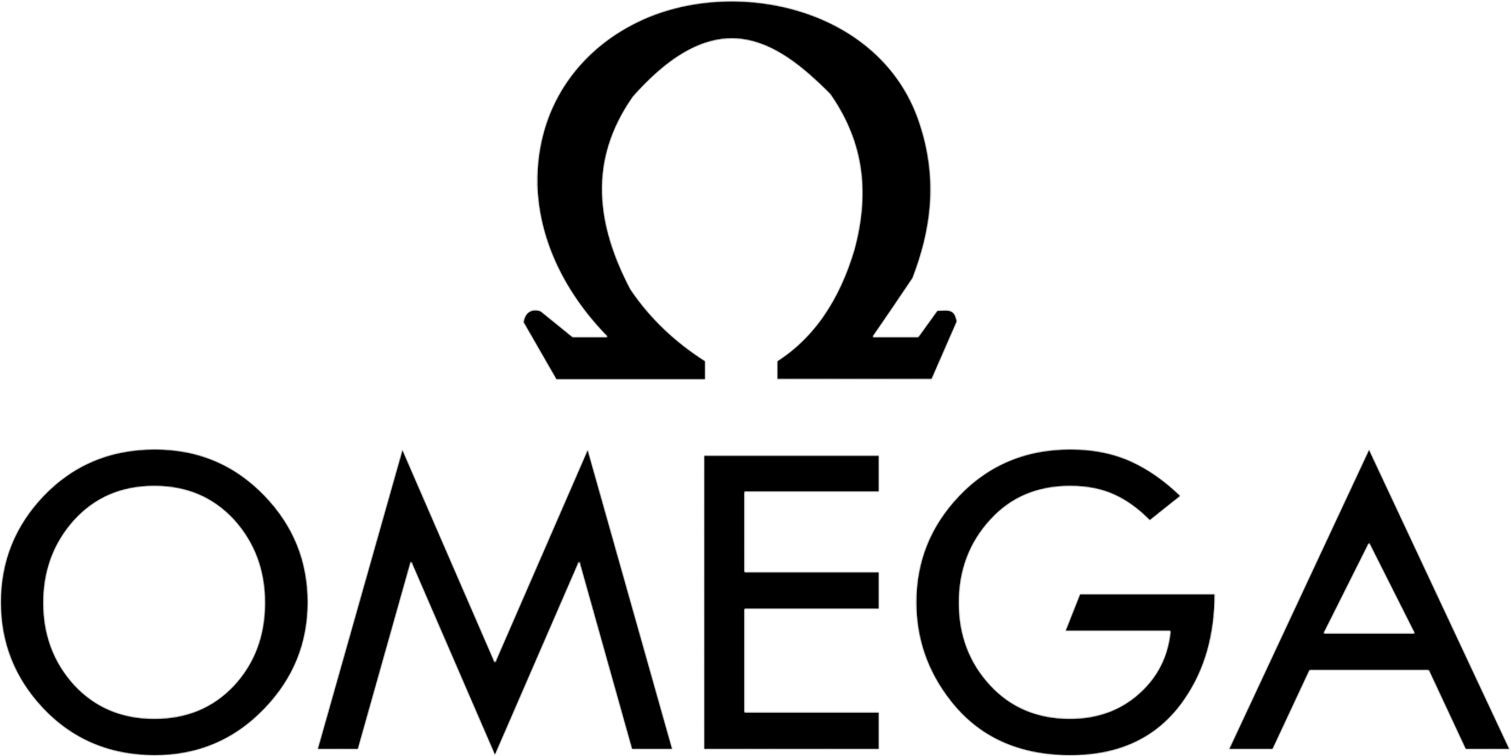As the merchant world realigns amidst geopolitical tremors, the recent 39 % U.S. tariff on Swiss-made watches—now in full effect as of 7 August 2025—marks a pivotal inflection in the global timepiece ecosystem. Beyond the corridors of Washington and the ateliers of Geneva, its ripple reaches into the refined salons of India’s most discerning collectors.
A Grand Recalibration in Global Horology
The policy stems from President Trump’s “reciprocal tariff” campaign, designed to counterbalance large U.S. trade deficits. Initially signalled at 31%, the levy was unexpectedly elevated to 39%—a rate unmatched by those imposed on the EU or UK.
Reuters reported that DuBois et fils, Switzerland’s oldest watchmaker founded in 1785, expedited U.S.-bound inventory before the deadline, only to freeze fresh orders in order to recalculate margins. “A watch previously priced at $10,800 is now expected to sell for around $14,500,” the maison confirmed.

Nick Hayek, CEO of the Swatch Group, underlined the inevitability: “When you add a 39 % tariff, we cannot absorb that. So prices will go up for sure.” Swatch had already pre-emptively shipped surplus stock stateside, buying three to six months of breathing room—but not immunity.
Global Disruption, Local Opportunity
Analysts forecast that U.S. retail prices will climb 12–35 %, with the pre-owned market likely to tighten as buyers hedge against higher MSRP tags. Vogue Business pegs the hike at 12–22 %, while GQ frames it as a “seismic” shock, pushing top-tier references as much as 35 % higher.

In Switzerland, government officials have tabled multiple proposals—including a fallback to 10 %—but none have yet secured traction in Washington. Economists caution the levy could shave 0.6 % from national GDP, although a full-scale recession remains improbable.
India in the Spotlight: A Strategic Pivot
In contrast, India remains a tariff-free sanctuary for Swiss horology. The outcome? A dual advantage of pricing stability and elevated brand prioritisation.
Price Parity & Value
While American buyers navigate steep price uplifts, Indian collectors can secure flagship models at relatively favourable points—especially if maisons redistribute limited editions and pre-launch allocations to unaffected markets.
Exclusive Access
To maintain momentum without diluting brand narrative, Swiss watchmakers may channel more exclusive configurations, boutique-only editions, and concierge offerings into India’s increasingly influential luxury ecosystem.
What This Means for Indian Collectors
|
Factor |
Implication |
|
Relative advantages |
Access to fresh inventory and exclusives while U.S. prices inflate |
|
Strategic curation |
Opportunity to capitalise on brand discretion and shifting allocation strategies |
|
Market momentum |
Heightened focus from Swiss maisons seeking stable, high-growth luxury markets |
Looking Ahead: Resilience in Fine Craftsmanship

Swiss watchmaking’s legacy rests on artistry, heritage, and a fidelity to detail that no tariff can erode. The industry has endured currency crises, quartz disruption, and wartime scarcity. This latest geopolitical twist will be no different—though for India’s horophiles, it may mark a rare window where access, pricing, and brand focus align.
Your Curatorial Advantage with Johnson & Co.
At Johnson & Co., we do not merely sell timepieces; we steward collections. From pre-launch previews to boutique-only showcases, our role is to position you—not the tariff—as the architect of your horological narrative.
Explore the pinnacle of watchmaking with us—at the confluence of opportunity and exceptional taste.









